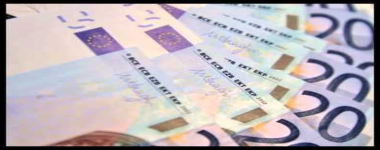Monetary Policy Week in Review: 31 March to 04 April 2014
The central banks of Brazil and Ghana raised their policy rates last week as six other central banks left their rates unchanged, including the the European Central Bank (ECB), which nevertheless took a major step forward toward launching some form of unconventional monetary measure if inflation threatens to remain at the current low level.

Despite the two rate rises, the Global Monetary Policy Rate (GMPR) – the average policy rate of 90 central banks followed by Central Bank News – remained steady at 5.56 percent from the end of March, but was up from 5.55 percent at the end of February and 5.53 percent at the end of January, illustrating how monetary policy worldwide is slowly but surely tightening. Through the first 14 weeks of this year, policy rates have been raised 13 times, or 9.7 percent of this year’s 134 policy decisions by the 90 central banks, up from 8.7 percent from the previous week.
But on a global scale, economic growth is still sluggish and inflation low, with the result that monetary policy is still being loosened in some countries. So far this year, policy rates have been cut 15 times, or 11 percent of this year’s policy decisions, down from 12 percent at the end of the previous week and 14 percent at the end of February. The main events in global monetary policy last week were the policy decisions by the ECB and the Central Bank of Brazil.
The ECB once again dashed hopes for a rate cut or some type of unconventional policy measure, such as quantitative easing or a negative deposit rate, amid renewed concerns over deflation.
Nevertheless, the ECB took a major step forward in preparing financial markets and investors for the possibility of introducing some form of quantitative easing if inflation does not start to rise soon.
Inflation in the euro zone fell to 0.5 percent in March from 0.7 percent in February and has now remained under 2 percent for the last 14 months. The ECB targets inflation of close to, but below 2 percent.

